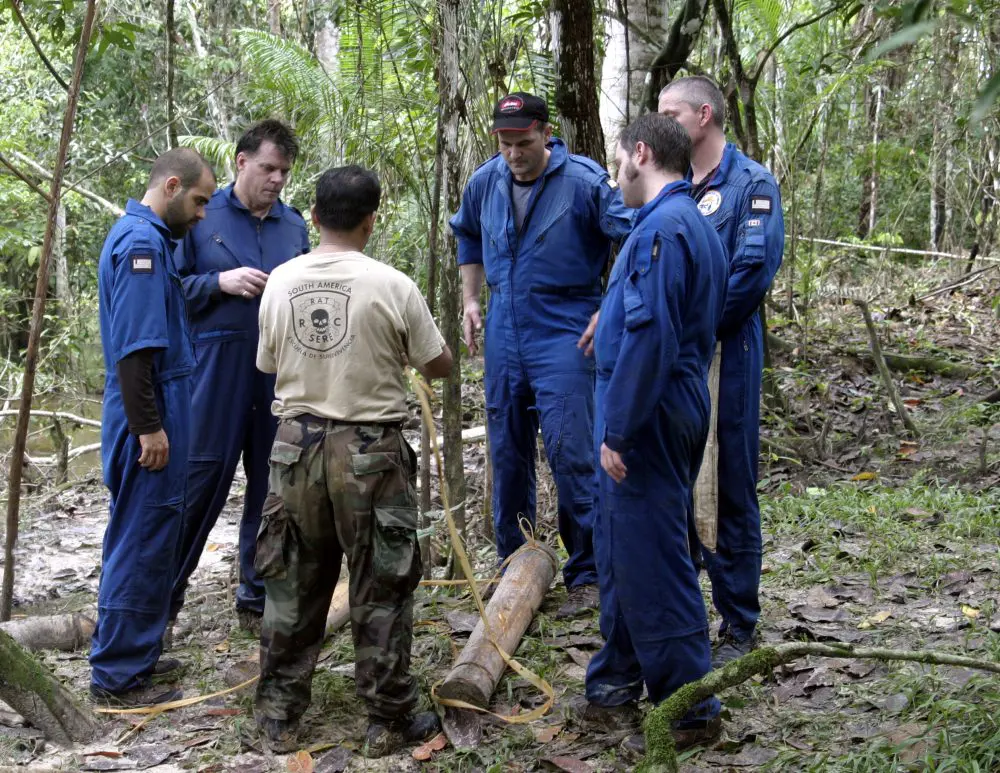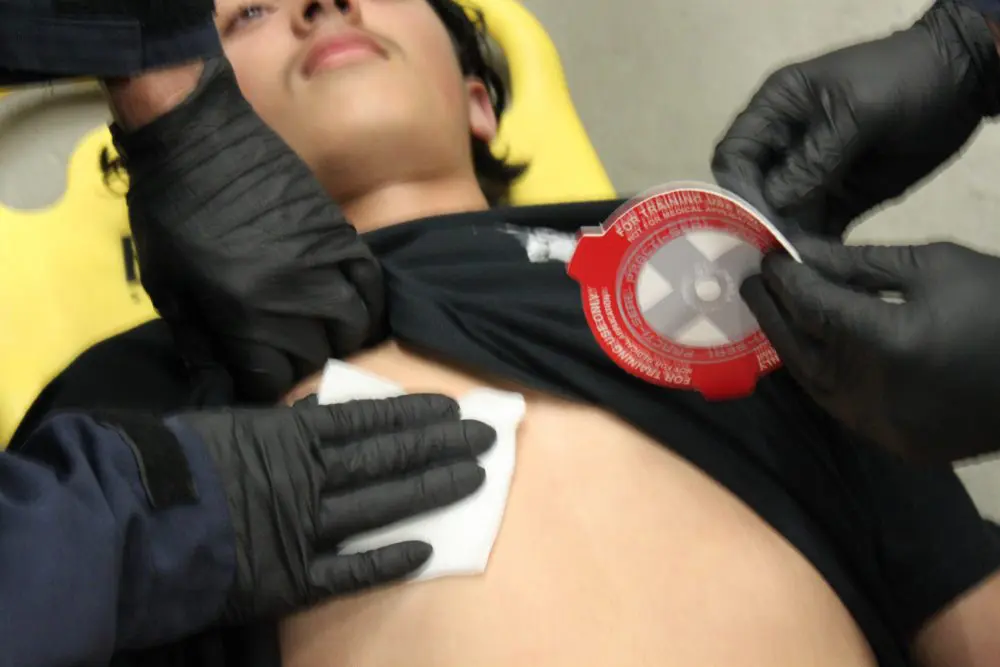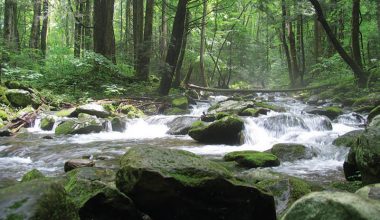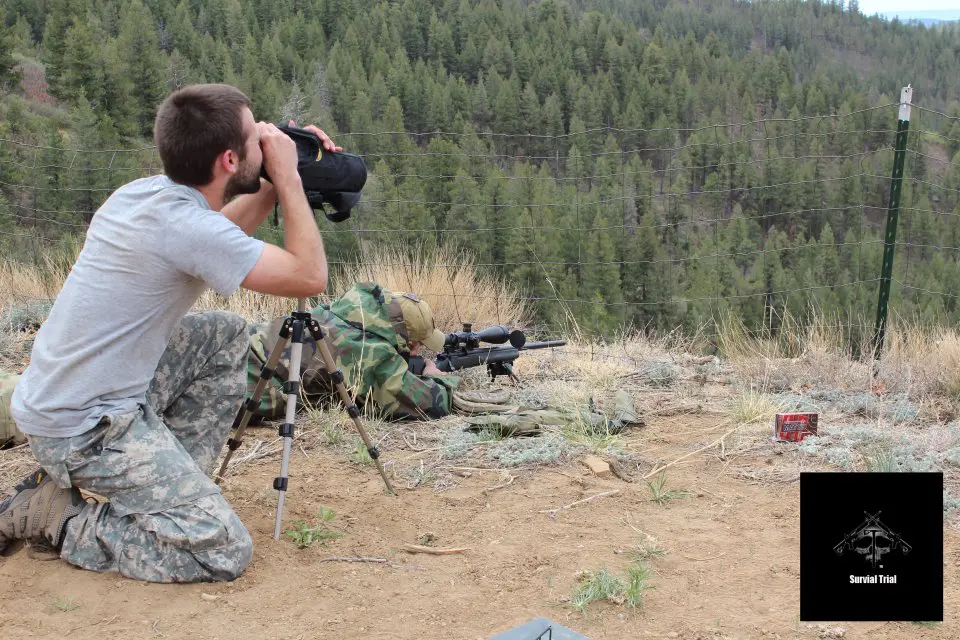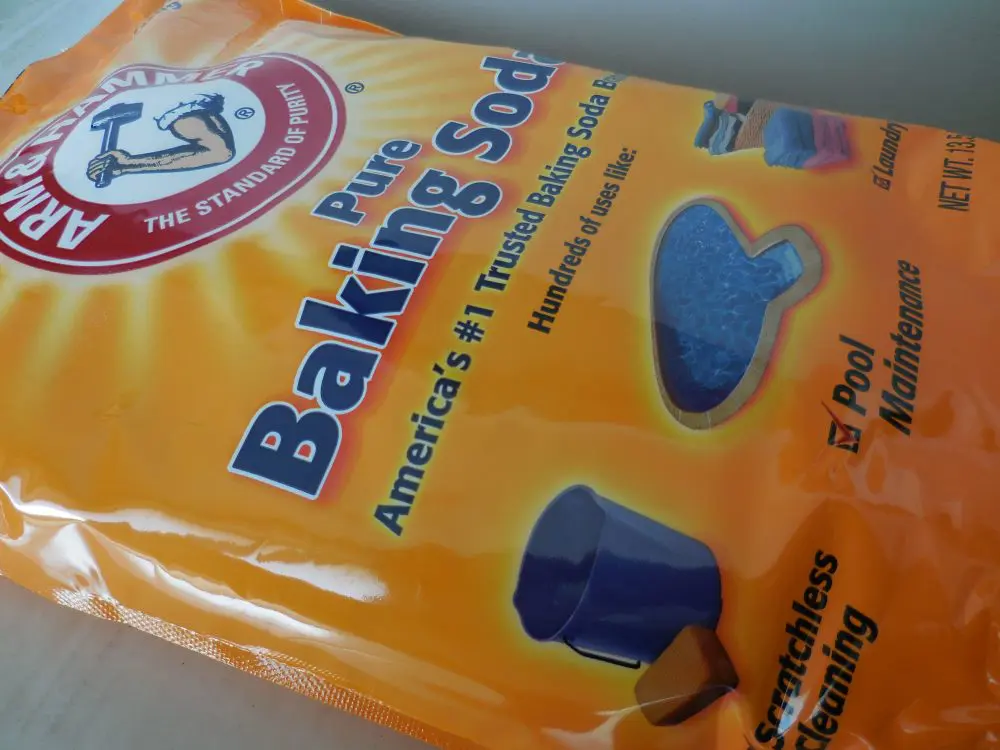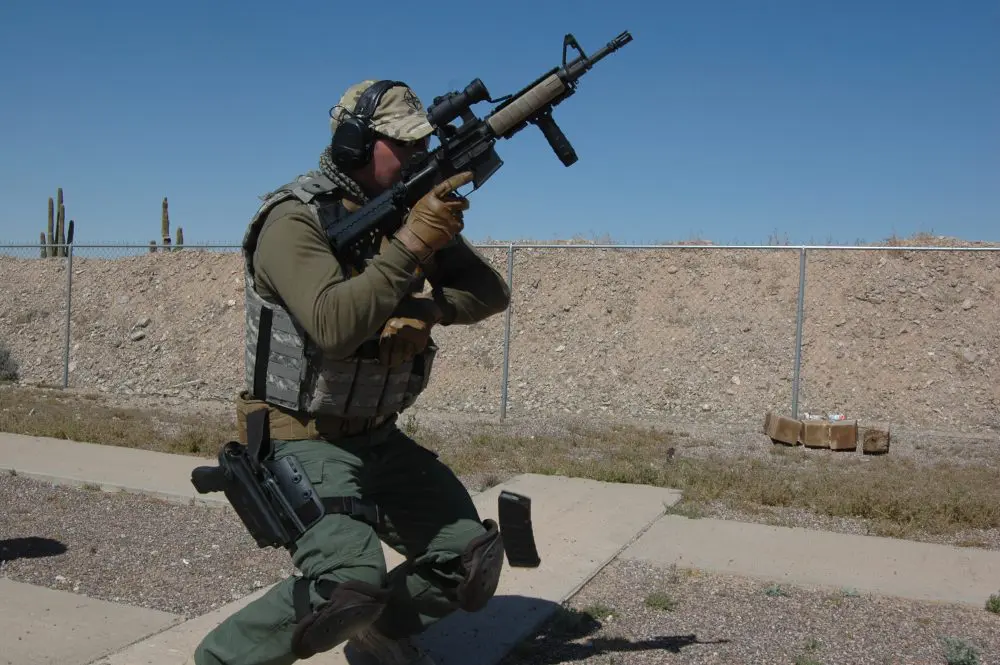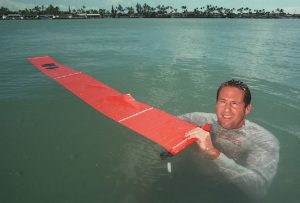
Before you can be rescued, rescuers must find you. The only passive and continuous signaling device that can help rescuers find you fast is the See/Rescue Streamer, a patented emergency signaling technology used by both civilian and military organizations worldwide, including all branches of the U.S. Armed Forces. The See/Rescue Streamer provides day and night signaling capability.
Whether you are stranded in the snowy backcountry or lost on a hiking trail, the See/Rescue Streamer highlights your location so you stand out against whatever environment you may find yourself in. The personal See/Rescue Streamer is the size of a cell phone and provides safety and peace of mind that can be stowed or clipped anywhere.
Table of Contents
INVENTOR AND FOUNDER
Dr. Robert Yonover is a Ph.D. geochemist/ vulcanologist with a history of innovative scientific contributions, technologies, and patents. His Ph.D. work includes multiple ALVIN submersible dives to two miles deep off the Galapagos Islands to retrieve submarine lava samples, with laboratory work performed at NASA Johnson Space Center and MIT. Dr. Yonover’s media credits include appearances on CNN, PBS, and the Discovery Channel. He is the author of Hardcore Inventing and Brainstorm Islands.
A North Shore big-wave surfer and Molokai Channel rough-water fisherman, Dr. Yonover uses the ocean as his laboratory. He has invented a multitude of survival technologies that were awarded U.S. Military/DARPA funding and U.S. patents, including the military- approved See/Rescue Streamer, Pocket Flotation technology, Portable Emergency Desalinator, Video Search and Rescue (vSAR) technology, Inflatable Rescue Board, and Inflatable Paddleboards used worldwide.
LAND OR WATER
The SAR-625 (Personal Streamer) is six inches wide with a length of 25 feet. Its bigger brother, the SAR-11 (Large Streamer) is 11 inches wide with an overall length of 40 feet. Both are orange in color, which is the universal distress color used for most life jackets, life rafts, whistles (attached to life jackets), lifeboats/tenders, search and rescue uniforms, and rescue boats.
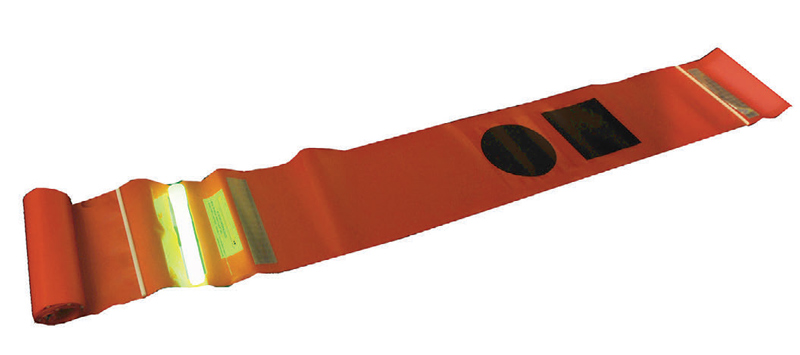
Rightly so, because orange generally contrasts with the environment. Orange is not a naturally occurring color in the desert, jungle, snow, woods (except in autumn), water, or city. So it helps you be seen.
The concept of the See/Rescue Streamer is the same as colorful flagging tape. It is brightly colored and can be hung up in a way to move freely in the wind and attract attention. Signaling doesn’t stop at night. The streamer features two military-grade chemlights and retro reflectors that offer the option to signal at night without the use of a fire or as a supplement to a signal fire.
The See/Rescue Streamer comes in a reflective foil-like packaging that is yet another way of signaling, so save the packaging. The streamer is made from heavy-duty polyurethane. It is rolled up like a scroll and has plastic spacers every few feet to help keep it rigid. Once the package is opened, a nylon sheath keeps the streamer rolled up tightly and ready to go.
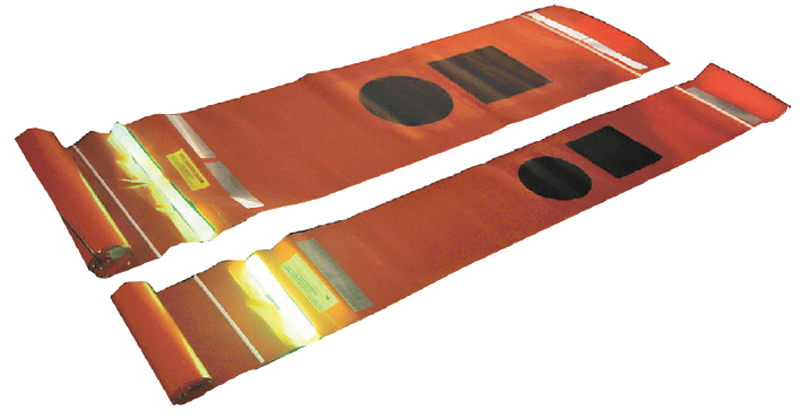
The pouch also serves as a degree of protection against punctures, wear and tear from constant carrying, and the heat of a fire. Unopened, the package seems to float, as does the actual streamer once it is opened up and put on the water. There is a cord handle to hold onto or tie to a vehicle, wooden pole, surfboard, airplane, boat, or tree.
SIGNALING
Up until now, signaling has always been about blowing a whistle or using flares, signal fires, and a signal mirror. Though other ways to signal exist, these are the common methods people use on land and sea, and the most commercially available products on the market. The See/Rescue Streamer is yet another option that should be considered by all outdoors enthusiasts.
Of the many survival classes I have taken and have assisted on, signaling is always the skill that the least time is spent on—if it’s mentioned at all. Colleagues who have also taken lots of survival classes have told me the same thing. Many survival programs focus on fire, shelter, water, and navigation, yet leave signaling as an afterthought.
To a rescue helicopter over the wilderness or search party in a boat, the size of a human is insignificant at best. Dyes wash away, flares last only a few seconds and require expert timing, but without a positive visual, you’re still in a survival situation.
Signal fires are usually mentioned in survival classes, but not really focused on. Fire-building is another skill that takes time and practice to master. A lot of materials are required and for the most part the weather needs to be on your side.
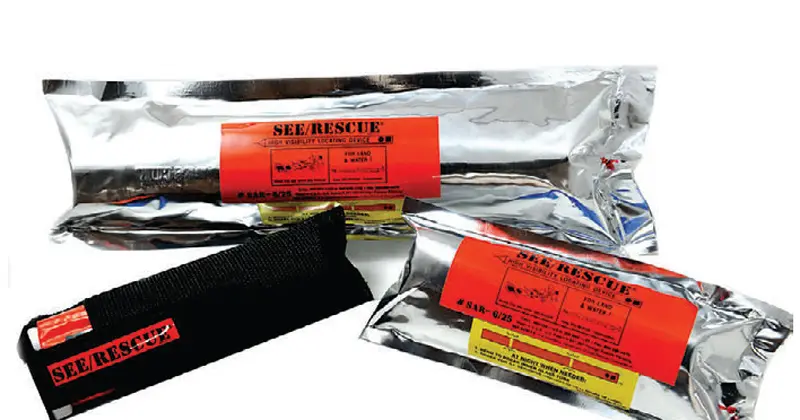
The See/Rescue Streamer doesn’t require skill. You do need a little common sense, but it isn’t a whole skill set that you have to practice. This is a huge selling point and confidence booster for the would-be outdoors adventurer.
Laying down ground-to-air signals is all about color, contrast and movement. Whistles and air horns will only carry so far, and gunshots a little farther. Either way, sounds cannot be seen.
The See/Rescue Streamer works for you while you tend to other pressing matters of survival like minor injuries, procuring water, or making a camp.
GET THE MOST OUT OF THE STREAMER
A few ways to maximize the streamer: Use any and all types of colorful clothing or gear in conjunction with the See/Rescue Streamer to make an arrow pointing to your camp or direction of travel. I don’t recommend climbing trees, but attach the streamer to a long wooden pole that extends up over the brush. It will blow in the wind and attract attention (color, contrast, movement).
If you want to be serious about it, carry two See/Rescue Streamers and use them to make a large “X” in an open clearing. That is the universal distress signal for “need help immediately!”
Most people in the outdoors walk around in camouflage clothing or earthy colors, which never helps a person if they go down or are stranded because they can’t be seen.
A lost hiker wandering around should wrap the See/Rescue Streamer around themselves like a sash, in an “X” formation, over the shoulders and across the body. This will give you the best chance of being seen if you are attempting to self-rescue.
Flooding and earthquakes have become all too common worldwide in recent years. People who are trapped but mobile could benefit from hanging a See/Rescue Streamer from the highest point on their house or from a window. Search-and-rescue personnel will recognize it and know what the color and identifying marks mean.
I can see a place in the pack for the See/Rescue Streamer, especially for responsible expedition leaders, guides, fishermen, ice-climbers, hunters, mountain bikers, kayakers, pilots, campers, and cross-country truck drivers.
Since the U.S. military and Coast Guard have figured this out and already carry them, you should too!
